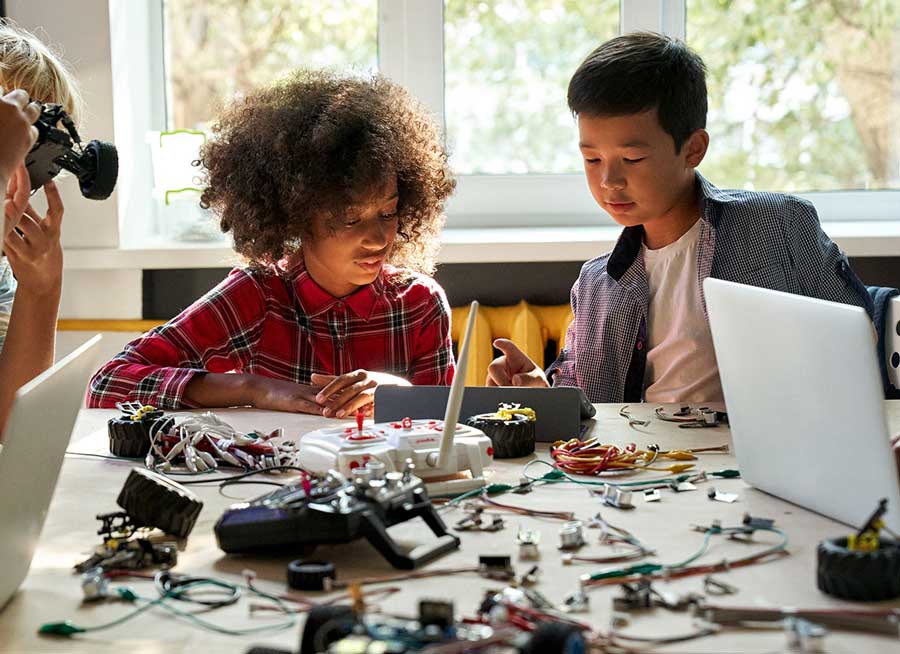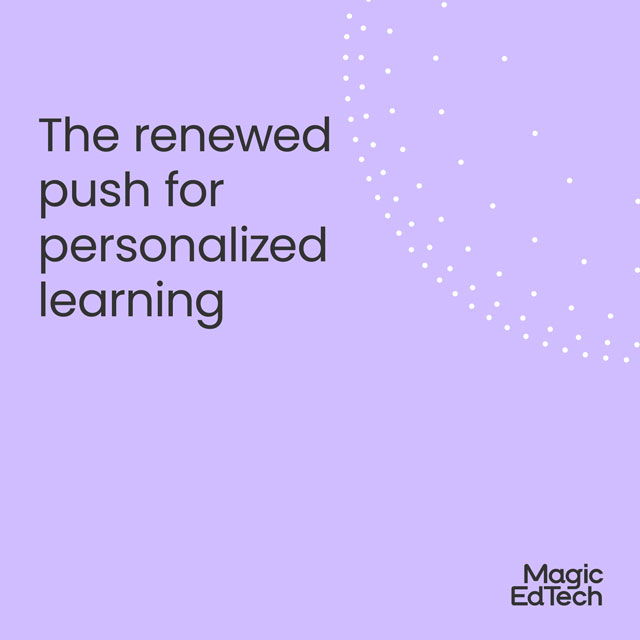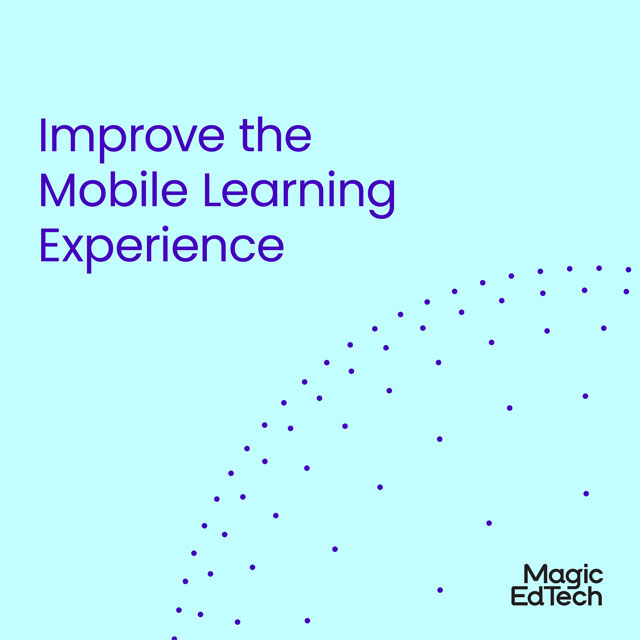A Guide To Social-Emotional Learning in 2022
- 14 February, 2022
- Reading Time: 3 minutes
What is Social-Emotional Learning?
Social-emotional learning (SEL) is defined as the process of developing the knowledge, skills, and attitudes to manage emotions, achieve individual and collective goals, feel and show compassion for others, establish and maintain relationships, and make good decisions. Just like math and reading, skills such as empathy, teamwork, emotional management, and accountability must be learned and practiced.
According to Byron Sanders, President, and CEO of Big Thought, “an emerging benefit of explicit SEL instruction is that it builds the emotional intelligence and agility that business and industry is starting to name among the most desired workforce skills.” Social-emotional learning doesn’t just end in the classroom; it sets the foundation for a strong work ethic and the ability to understand and connect with others as students embark on their professional journey. By prioritizing the well-being of students, SEL cultivates an educational approach that gives students from all backgrounds the opportunity to create positive habits.
Why Do We Need SEL in 2022?
The phrase SEL was coined in the mid-1990s, but it has become more crucial than ever to implement SEL in the classroom. The COVID-19 pandemic exacerbated feelings of isolation, stress, anxiety, and loss while forcing students all around to pursue learning in an entirely different manner. With no interaction or in-person collaboration, the pandemic has had a negative impact on a student’s or even the teacher’s social and emotional well-being. Social-emotional learning provides a way to support one another during these trying times. Now, more than ever, we recognize the importance of demonstrating empathy and establishing relationships from a distance. Students that participate in an SEL program are better equipped to deal with emotional stress, problem solve, and avoid peer pressure. Schools must make social-emotional learning a priority as it will not only benefit the students, but also the teachers.
Ways to Incorporate SEL in Learning
The Collaborative for Academic, Social, and Emotional Learning (CASEL) has established five core competencies for the SEL framework: self-awareness, self-management, social awareness, relationship skills, and responsible decision-making. Many curriculums are designed to focus on these five areas of competence, but it’s important to practice these in day-to-day life. Below are four simple ways to integrate SEL into your classroom:
1. Start the Day with a Check-In
Check-ins are an excellent way to connect with students on a personal level. Check-ins allow teachers to learn more about their students before focusing on the lesson. By providing students with a check-in such as asking a question at the beginning of class, they have an opportunity to share their experiences and learn about their classmates and themselves. These check-ins can be short but should encourage students to develop empathy for one another and build relationships.
2. Encourage Collaboration Among Peers
Working together in a group setting, discussions, practice activities, etc. enables students to understand how to relate and communicate with others. This is a vital component of SEL. Teachers can help nurture these skills through group work. Students will learn how to actively listen, negotiate with others, build leadership skills, ask questions, and identify their strengths and weaknesses to best contribute to the group. It is also important to switch between assigning groups and allowing students to choose their partners.
3. Manage Conflict with Peer Mediation
Peer mediation is a problem-solving process in which students involved in a dispute gather in a private, safe, and confidential setting to work out their differences. Teachers ask students to give each side of the story and challenge them to find a common ground and come to an understanding. Continuing to model these behaviors and letting students solve problems among themselves, will steer them to begin doing so without being asked.
4. End the Day with a Checkout
Finish the day with a short discussion about how the students felt throughout the day. As a class, discuss what went well and what did not for the day, and set some goals for tomorrow. Students should go home with a positive attitude about the next day.
By embedding SEL activities into the curriculum like the ones listed above, teachers will help to foster a sense of community and belonging in the classroom. This will lead students to develop a social-emotional connection and skills they need. The pandemic took a big toll on the mental health of students. Making sure that students are connected to their peers and have good supportive relationships will go a long way toward helping them cope and get to a mental space where they are ready to learn.







